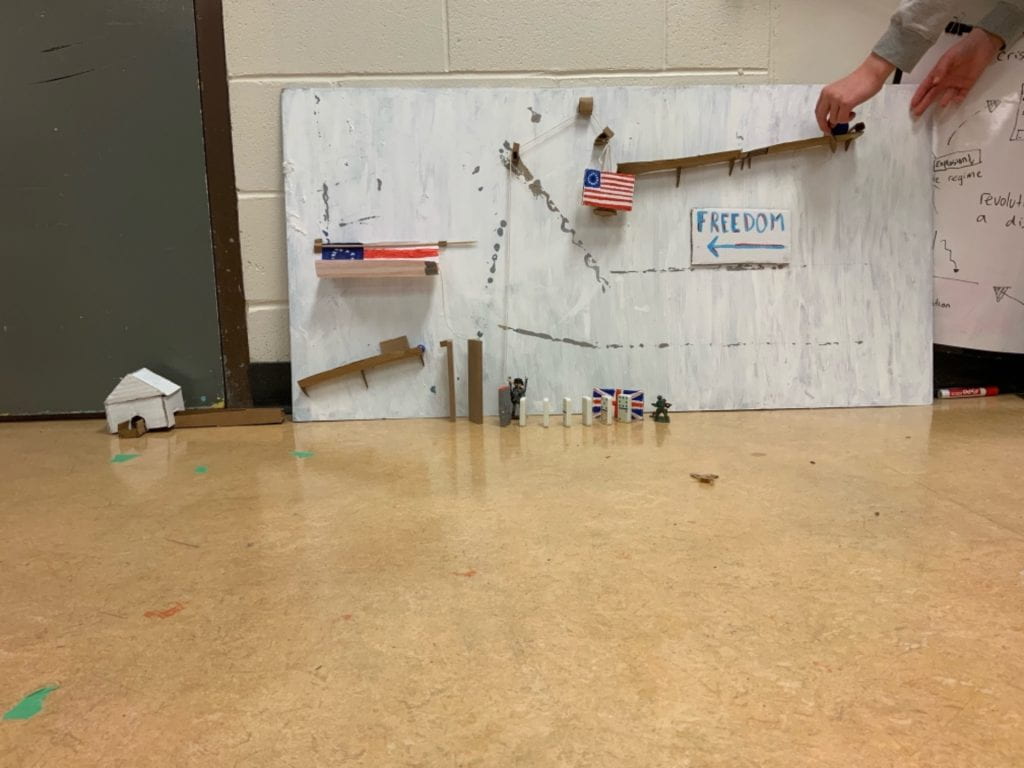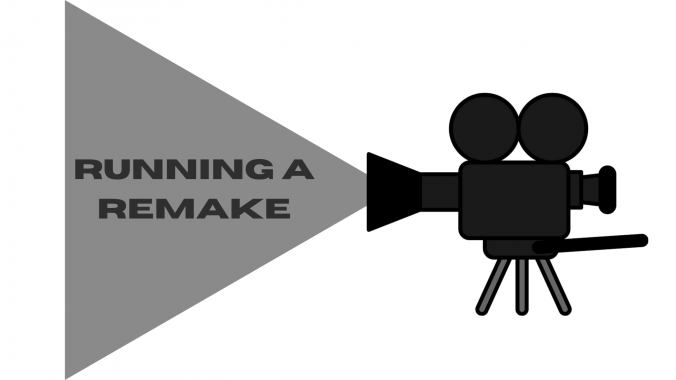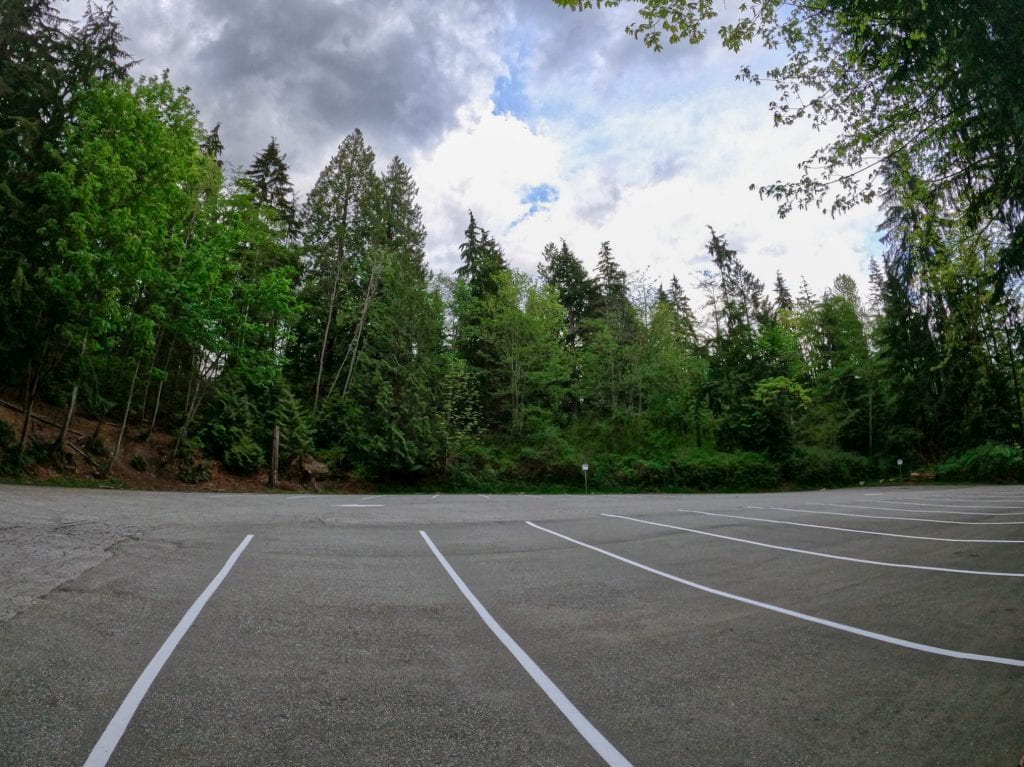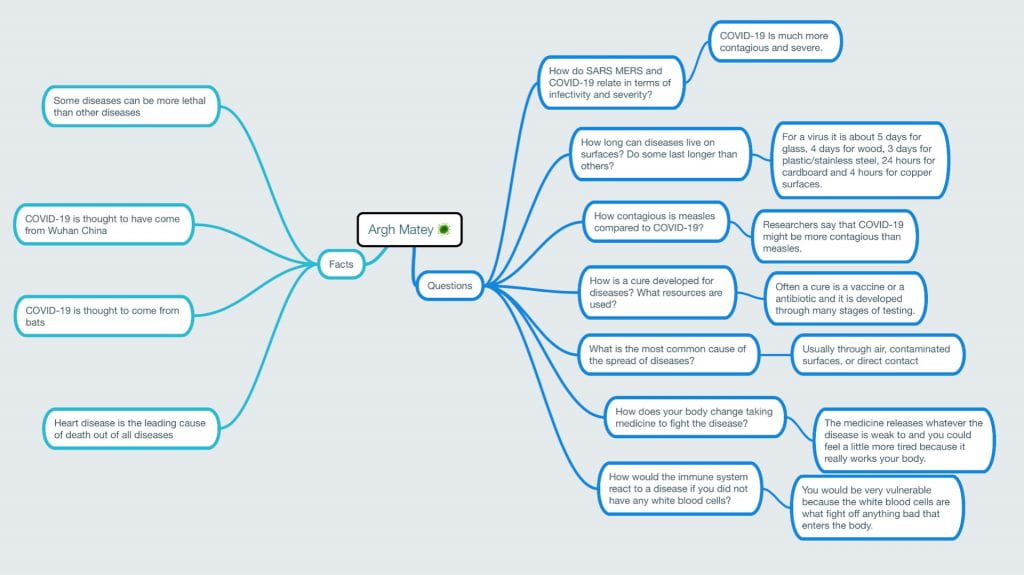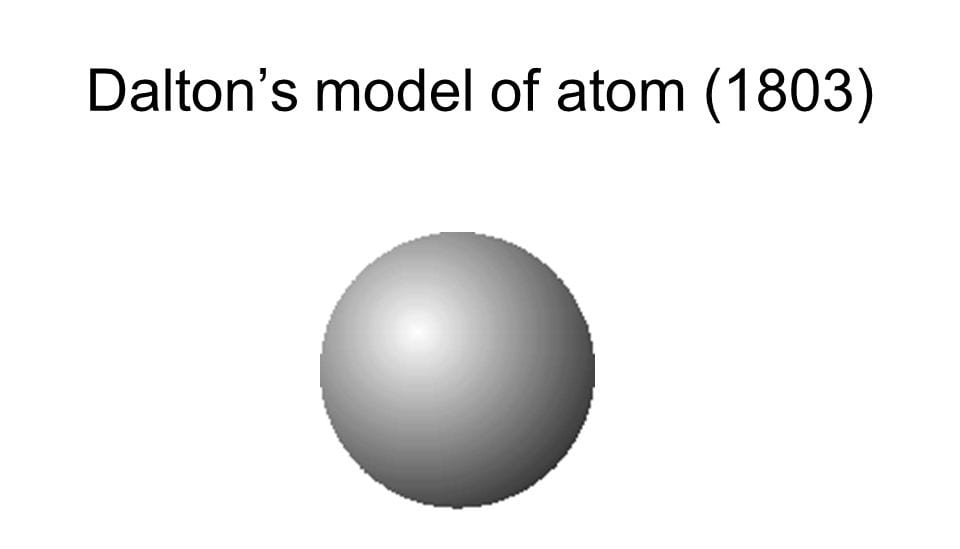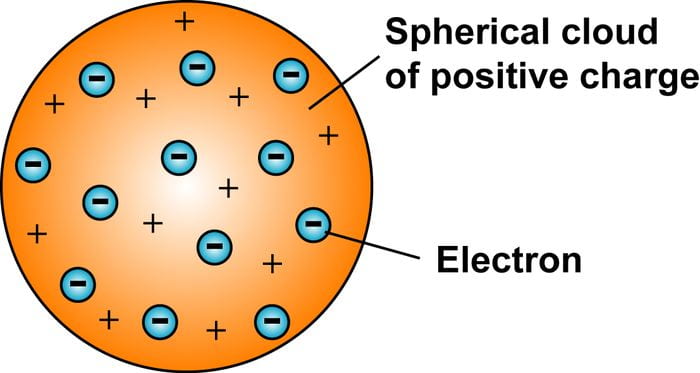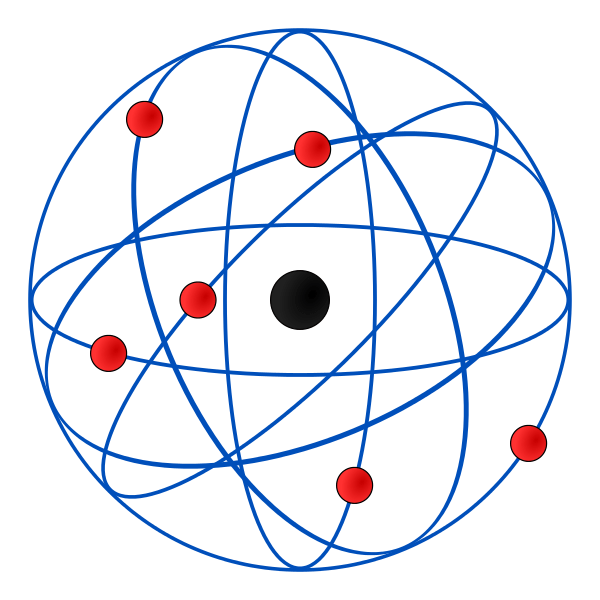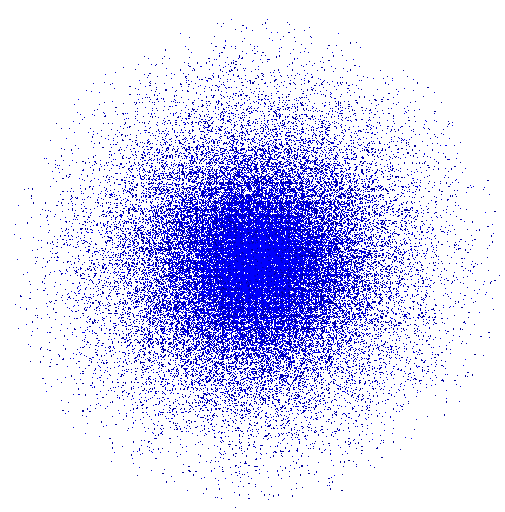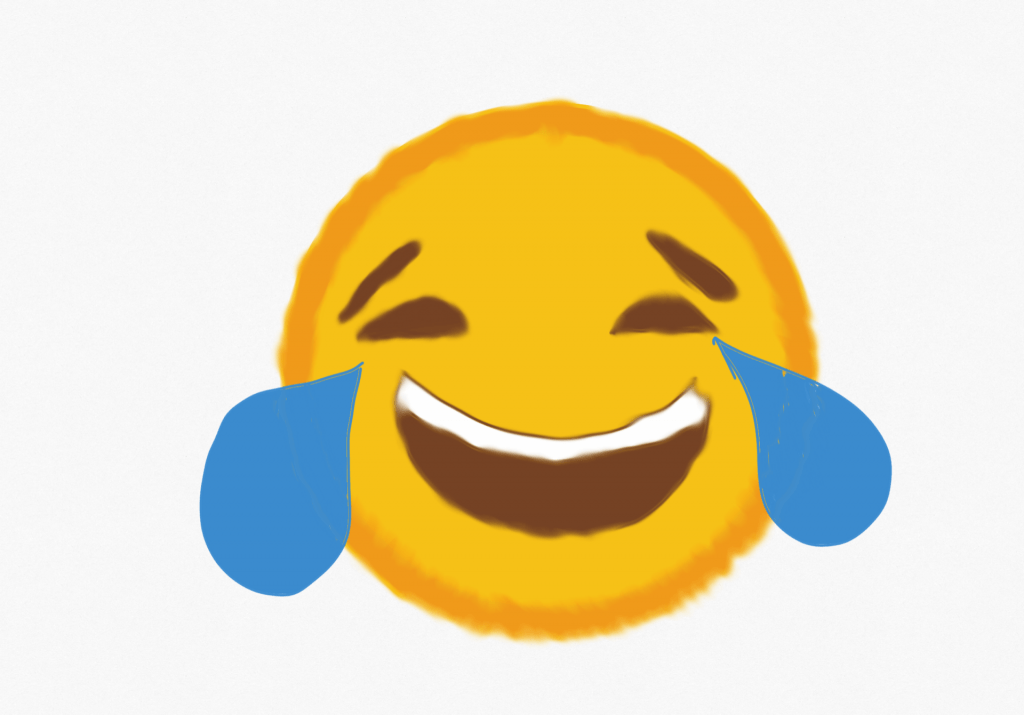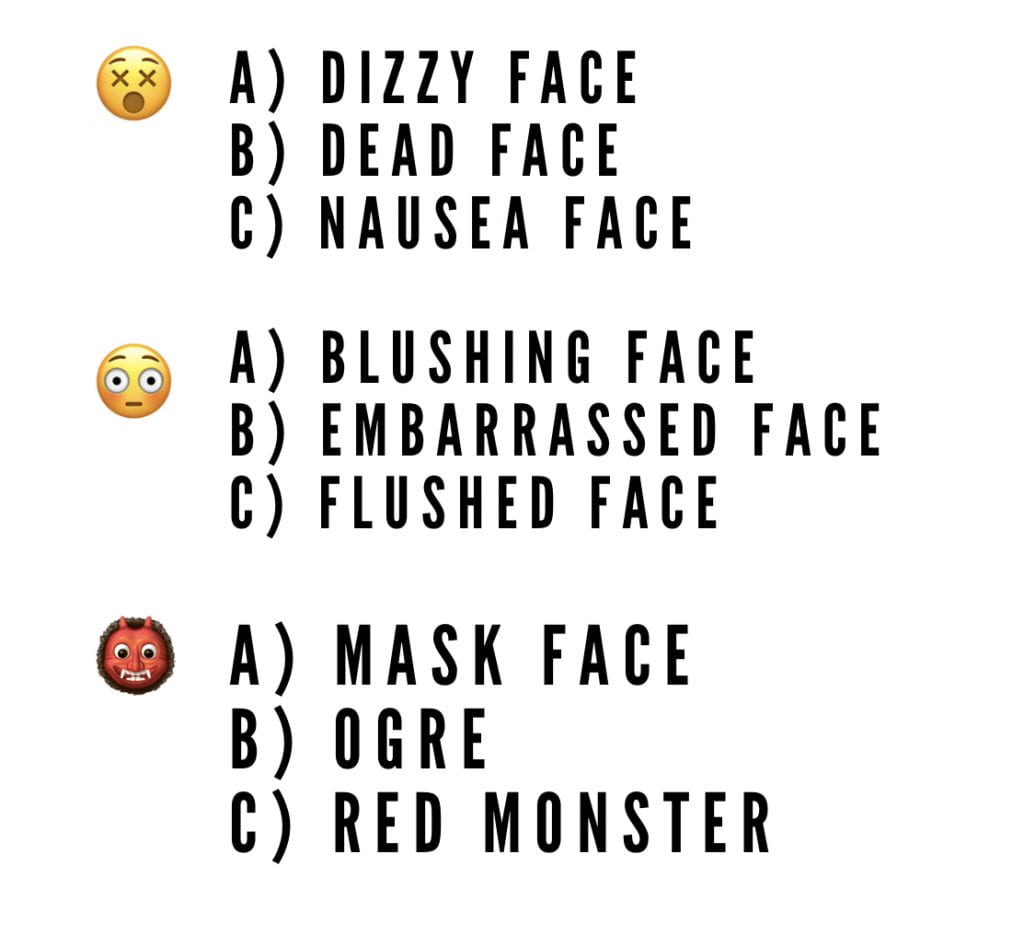Now that we have past the first week of this project its time to reflect on what we have done so far. We have made it halfway through a project called “Storm the Barricades” you might be thinking, what is that? Well, this project is all about revolutions specifically the American and French Revolution. The driving question is “How do revolutions transform societies?” So let me talk about how we have shown the answer to that so far.
This project started off by building knowledge about Crane Brintons Theory of Revolution. Essentially this theory is broken down into four stages, he first stage being the “Incubation” stage or “The Old Order”. Here is where the economic crisis happens and the government increases taxes. Next is the “First Stage” or “Moderate Regime”. Here is where there is a financial breakdown and a symbolic action or dramatic event. The government responds in force and then that leads to the “Crisis Stage” or “Radical Regime”. Here is where the civil war starts and everything falls apart. It then comes to a centralization of power and then leads to the “Recovery Stage” or “Thermidorian Reaction”. Here is where the government is formed by moderates and it resembles the old regime but is a bit different. Everything returns to quieter times and it possibly could happen again.
Knowing this we then moved into building a Rube Goldberg machine if you dont know what that is then click the link on that text. My group is with Annie, Liam and Ethan. For this Rube Goldberg we were supposed to represent Crane Brinton’s theory through a Rube Goldberg machine. So with a little bit of elbow grease we created our first Rube Goldberg machine.
After our first Rube Goldberg machine we learned all about the American revolution and then we were asked to modify our first machine to fit the American revolution. After a day of hard work we were done modifying what was now the American revolution in Rube Goldberg form. The first part represented society falling down in a economic crisis. The second part was the pulley that pulls the tax collector up who is covered in tar and feathers. On the other side of the pulley it represents the Americans beating the British in the revolutionary war. Next it knocks down dominos to trigger a ball rolling down into a house representing George Washington in power and it also brings down and American flag representing the signing of the Declaration of Independence.
So far this project has been very interesting and I’ve learned many things that I never thought happened. The second half should match this to some extent so that means I will learn even more, but that also means the project end blog post so be on the look out for that next week.

